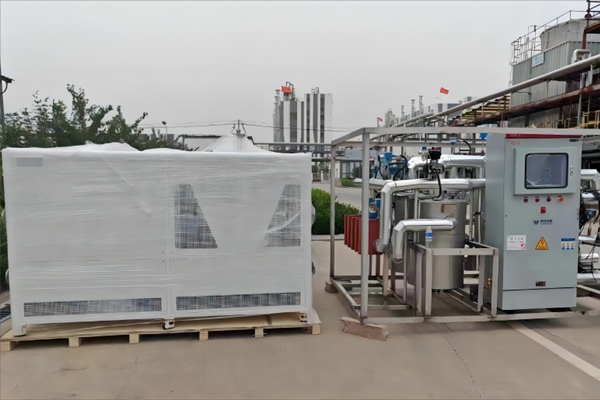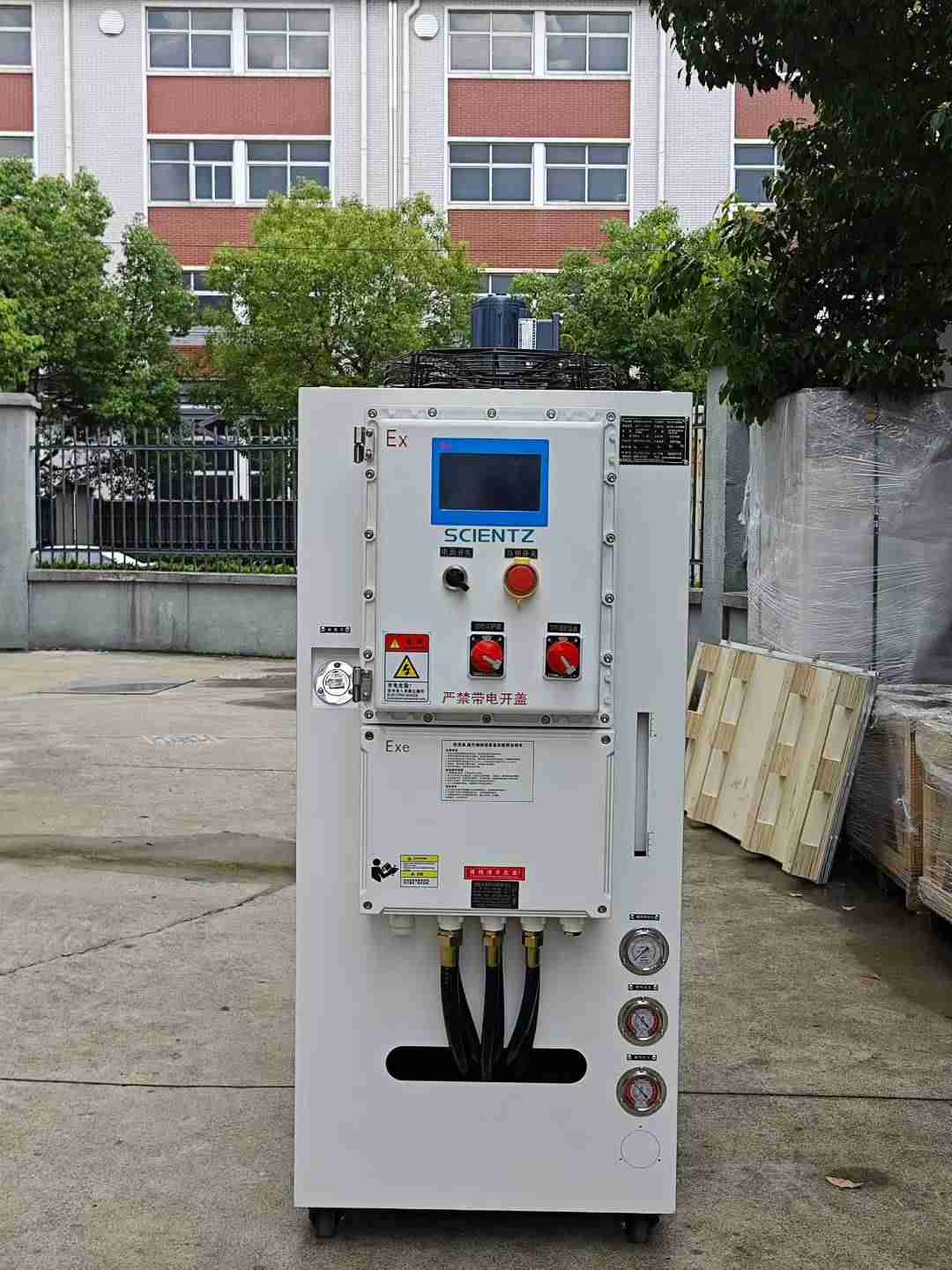- This topic is empty.
-
AuthorPosts
-
2025-09-15 at 2:42 pm #7632
Refrigeration and heating cyclers are workhorses in production lines, labs, and industrial spaces-they keep temperatures steady (whether cooling or heating) so manufacturing runs smoothly and experiments stay on track. The cycler itself has a lot of moving parts, but one small component that's easy to miss (yet totally crucial) is the oil storage tank. It's not a big piece of equipment, but it's the reason your cycler avoids unexpected hiccups and keeps working day in, day out. Let's break down what this tank actually does, why it matters, and how it keeps your cycler in good shape.

1. What the Oil Storage Tank Actually Does (Beyond Just Storing Oil)
First off-yes, it stores oil. But that's just the start. For refrigeration and heating cyclers, this tank pulls double duty to keep the system running without issues:
It makes refilling oil simple, so you never have to stop operations mid-run to top up.
It keeps oil line pressure steady-no sudden spikes or drops that could throw off the cycler's performance.
2. The Key Jobs the Oil Storage Tank Handles
This tank isn't just a "holding bin"-it's an active part of keeping your cycler working well. Depending on your cycler's model, here's what it's really doing behind the scenes:
2.1 Keeps Oil Flowing, So the Cycler Never Stops
When your cycler runs, parts like pumps and compressors use up oil little by little. If there's no oil storage tank to replenish that supply:
The cycler will slow down, and you'll lose efficiency fast.
Eventually, it might shut off entirely mid-operation (which is a nightmare for time-sensitive tasks).
The tank acts like a backup reserve-whether it refills the system automatically or you top it up manually, it makes sure there's always enough oil to keep things moving. No more panicking over sudden oil shortages.
2.2 Stabilizes Pressure for Accurate Temperature Control
Your cycler's whole job is to keep temperatures (and humidity, if needed) precise. But that's impossible if oil line pressure is all over the place. The oil storage tank fixes that by:
Smoothing out pressure fluctuations-like when a pump kicks on and would otherwise cause a pressure spike.
Making sure oil flows evenly to every part of the cycler that needs it.
This doesn't just help the cycler hit your target temps-it also cuts down on problems like worn-out parts or slow heating/cooling caused by wonky pressure.
2.3 Takes Stress Off the Oil Pump (So It Lasts Longer)
The oil pump is what moves oil through the cycler-but if it has to work too hard, it'll wear out fast. The storage tank eases that load by:
Giving the pump a steady, pre-pressurized supply of oil. That means the pump doesn't have to "struggle" to pull oil from an empty line.
Reducing strain on the pump's motor and internal parts.
When the pump lasts longer, your whole cycler lasts longer. It's a small win that adds up to big savings on repairs or replacements.

3. Why You Can't Ignore the Oil Storage Tank
This tank might be small, but it's a lifesaver for your cycler-and your bottom line. Here's why it's non-negotiable:
3.1 No More Unplanned Downtime
In a production line or lab, even 30 minutes of downtime can mess up schedules, waste materials, or ruin an experiment. The oil storage tank prevents oil-related shutdowns by keeping supply steady. That means you can count on the cycler to run when you need it.
3.2 Fewer Breakdowns = Lower Costs
For big factories or busy labs, fixing a broken cycler is expensive-you're looking at repair bills, lost production time, and maybe even scrapped batches. The tank cuts down on common oil-related issues (like a burnt-out pump or pressure leaks), so you spend less on fixes and more on keeping work moving.
3.3 Keeps the Cycler Efficient for Years
Over time, if oil pressure is unstable or the supply is spotty, your cycler will get less efficient. It might take longer to heat up, use more energy, or struggle to hit target temps. The oil storage tank stops that by keeping oil flow and pressure consistent-so your cycler works just as well in year 5 as it did in year 1.
4. Simple Maintenance Tips for the Oil Storage Tank
To keep the tank (and your cycler) working right, you don't need fancy tools-just a few quick checks:
Check oil levels weekly: If it's low, top it up with the oil recommended in your cycler's manual (don't mix types!).
Change the oil on schedule: Old, dirty oil clogs parts-swap it out every 3–6 months (or as the manufacturer says).
Look for leaks monthly: Check the tank's valves, hoses, and body for drips. If you see one, fix it right away to avoid oil loss.
Clean it occasionally: Wipe out the inside (when it's empty) to get rid of dust or residue-this keeps oil clean and flowing freely.
Wrapping Up
The oil storage tank might not be the "star" of your refrigeration and heating cycler, but it's the unsung hero that keeps everything running. It makes sure oil stays available, pressure stays steady, and parts don't wear out too soon. If you take care of the tank-checking levels, changing oil, fixing leaks-your cycler will pay you back by working reliably, efficiently, and for years to come. Always follow your manufacturer's guidelines for the tank, and you'll avoid most of the headaches that come with cycler downtime.
This version feels more like a manufacturer talking directly to a user-using phrases like "workhorses," "nightmare for time-sensitive tasks," and "unsung hero" to add personality, while keeping technical details clear. If you'd like to tweak the tone further (e.g., more formal for industrial clients, more casual for lab technicians) or add model-specific notes, just let me know!
http://www.dscientz.com
dscientz -
AuthorPosts
- You must be logged in to reply to this topic.
